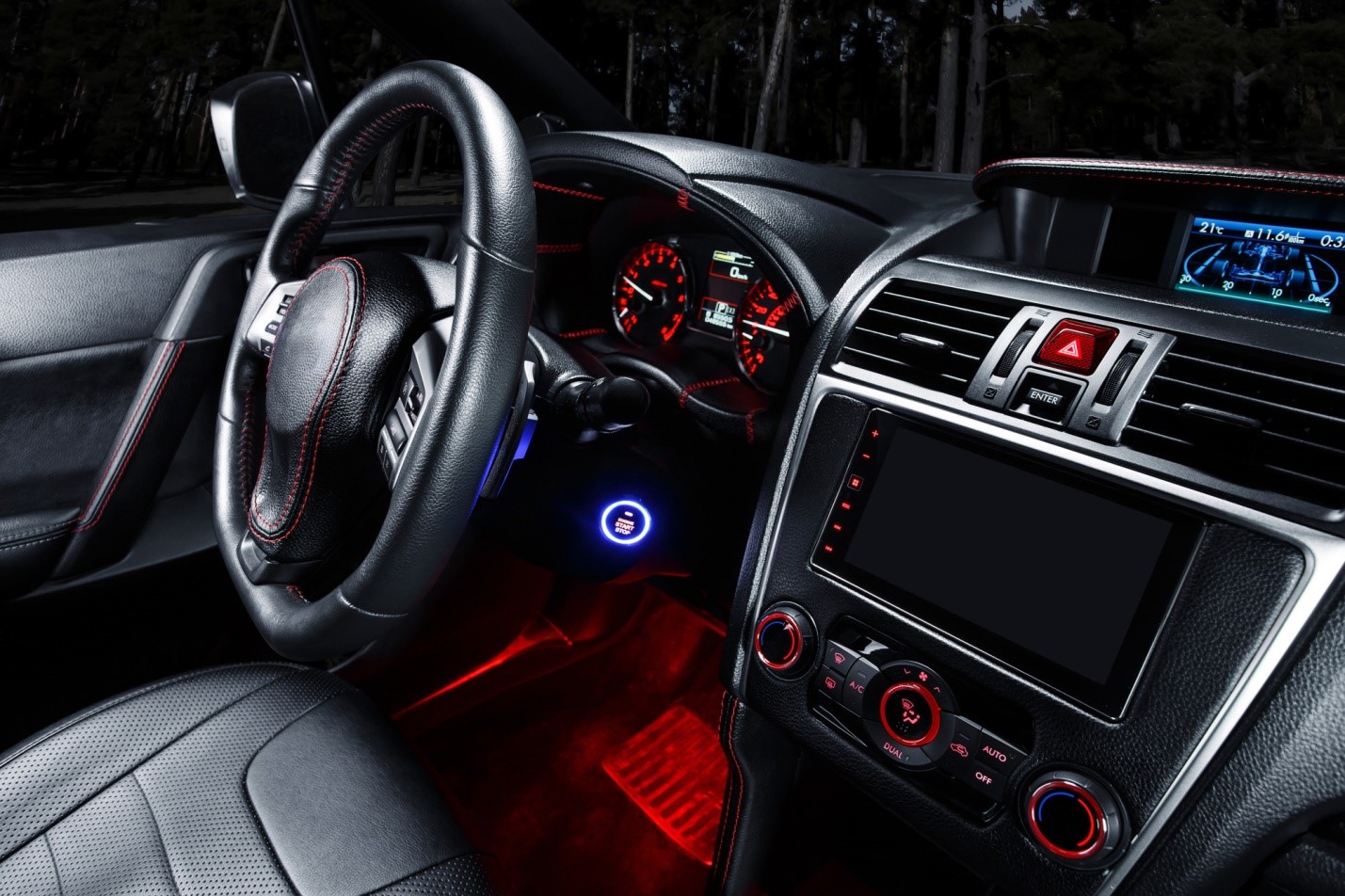[ad_1]
What is a relay?
A relay is an electromechanical or electronic device through which a heavy load
can be switched ON & OFF with a nominal input of current & voltage. This article
focuses on electro-mechanical relays used in automotive applications.
How does a relay work?
The utility and function of a relay can be best understood by thinking of a lever.
A lever is inserted at a corner of a heavy load and by placing a wedge (fulcrum)
under the lever, the heavy load can be easily lifted by a small amount of effort.
Similarly, a heavy electrical load drawing heavy current can be switched on & off
by applying a small amount of current through a coil (solenoid). What happens is
this – the coil gets magnetized with the current and attracts or repels a
plunger (a rod passed through the coil). The attracting or repelling of the plunger
either connects two switching contacts in the relay (also known as NO or Normally
Open / Single Throw / Form A) or separates them (NC or Normally Closed / Double
Throw / Form C), as required. As soon as the energisation of the coil is stopped,
the main contacts go back to their original position.
In automobile applications relays of different configurations with single or
multiple contacts are used for different applications.
Why is a relay required?
Apart from switching a circuit with heavy load, on & off, a relay is required to
1. Conserve energy
2. Prolong the life of device
3. Improve the efficiency of a device.
For example let us take the switching of two headlamps of an automobile. If the
same is switched on through a normal switch at the dashboard, the voltage drop
from the battery to the lamps through the switch will be enormous and the heat
generated in the circuit due to resistance will be considerable. The heavy current
will be drawn by the lamps which will not only heat the circuit but also drain the
battery heavily.
To give an example of the effect of voltage drop, a chart is given below:
Operating Voltage. Luminous Intensity of a Lamp.
100% 100%
95% 83%
90% 67%
85% 53%
To switch on a 12V-60/100 Watt Halogen lamp, a typical 12V Relay allows a voltage
drop of only 0.02V and the coil current is only 2 milliamps.
Another important function of the relay is quick switching off (0.05Sec Max.). The
more time the contacts of a switch take to break at full load, the more sparks
will be generated due to electromagnetic effect on contacts in a switched on
state. Prolonged sparking will mean more wear of the contact points and the danger
of contacts melting and generating a fire. International standards have very stringent relay specifications. The endurance of a relay is generally specified in millions of switching operations.
Where should a relay be installed?
Wherever manual switching has been used for direct switching of a Lamp or Motor or
any gadget exceeding 10 Amps of load, a suitable relay must be put in the circuit.
It is best if the relay can be kept as near as possible to the load (but not in a hot area surrounding near the engine)
How should a relay be installed?
1. Wires connected to the manual switch should be connected to any Coil terminal
of the Relay.
2. The load should be connected to any one contact terminal of the Relay (unless
Positive / Negative are specified) and the other to the positive terminal of the
battery (for Negative Ground circuit), with an appropriate Fuse.
[ad_2]
Source: http://ezinearticles.com/?Automotive-Relays—What-Are-They-And-Why-Do-You-Need-Them?&id=811154











